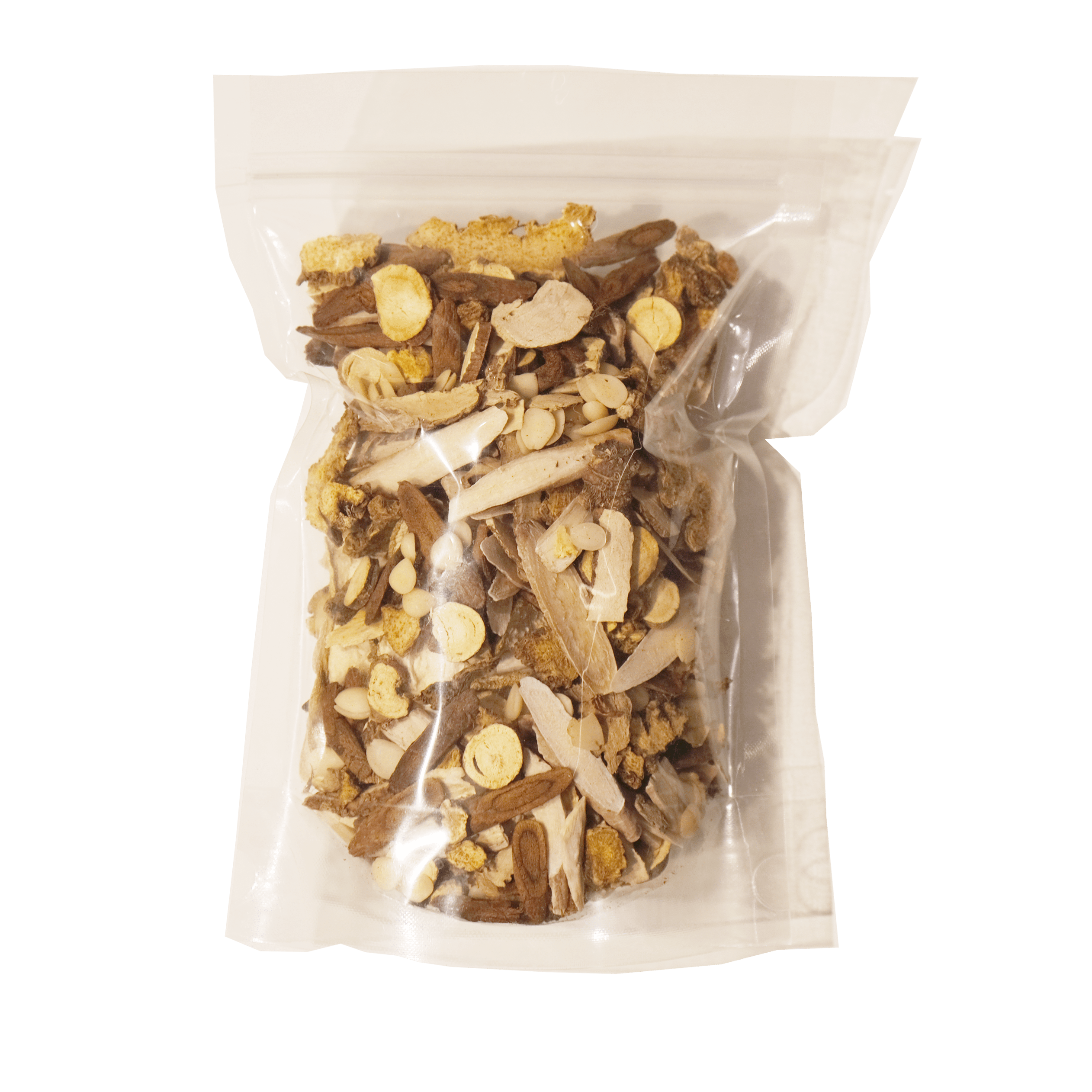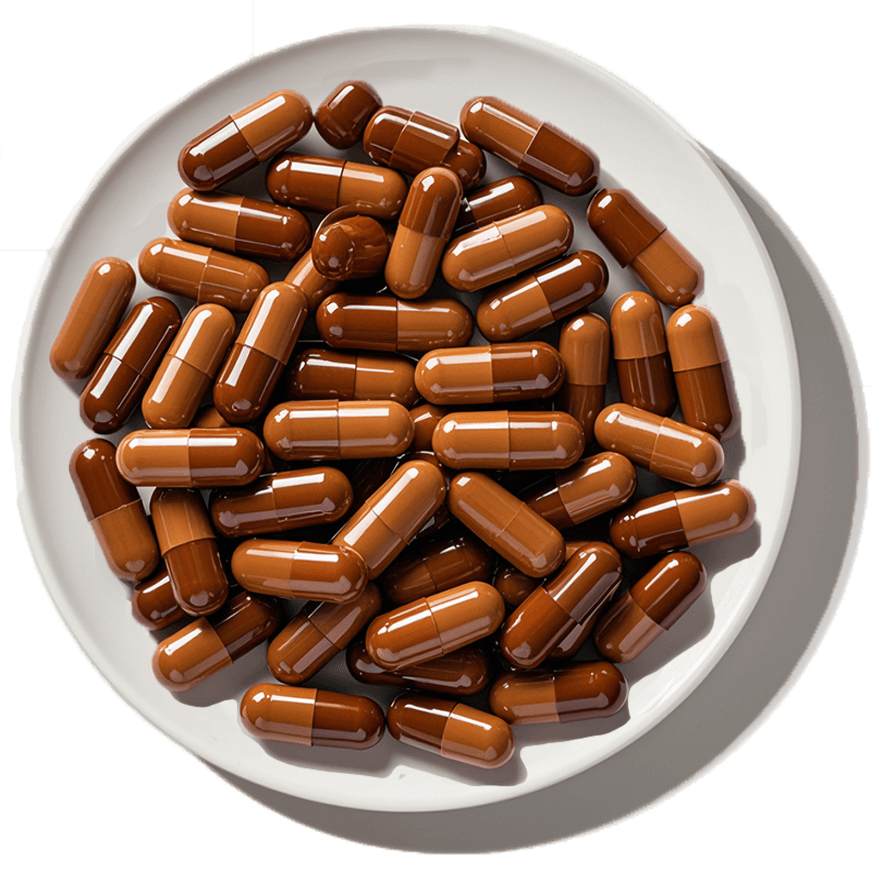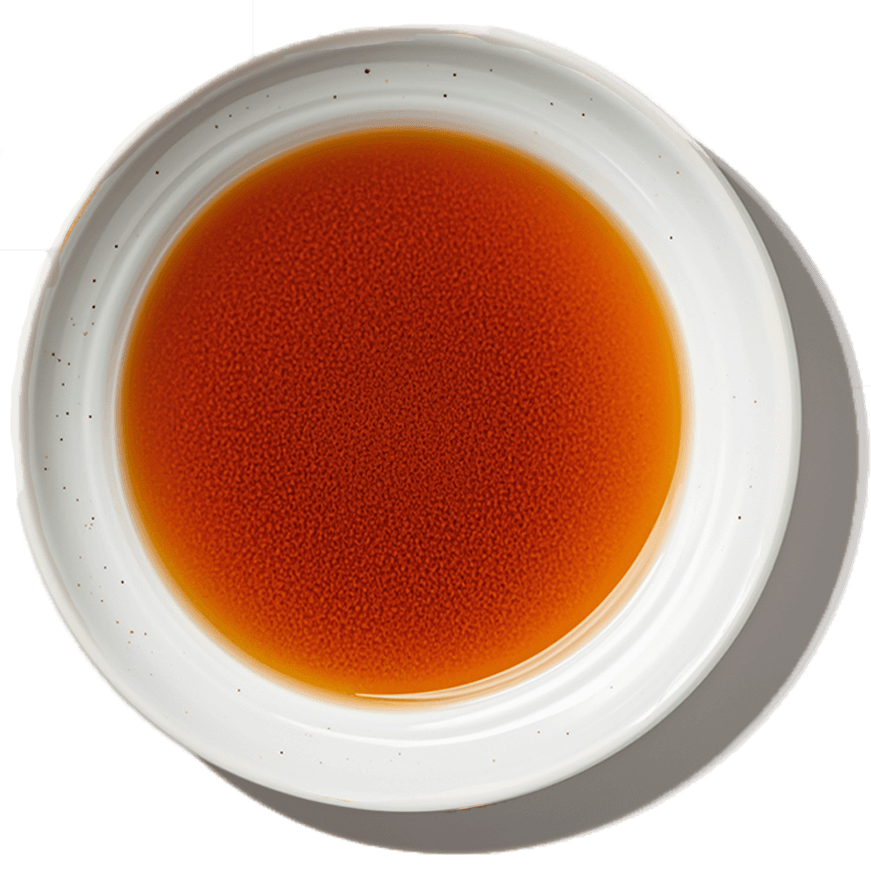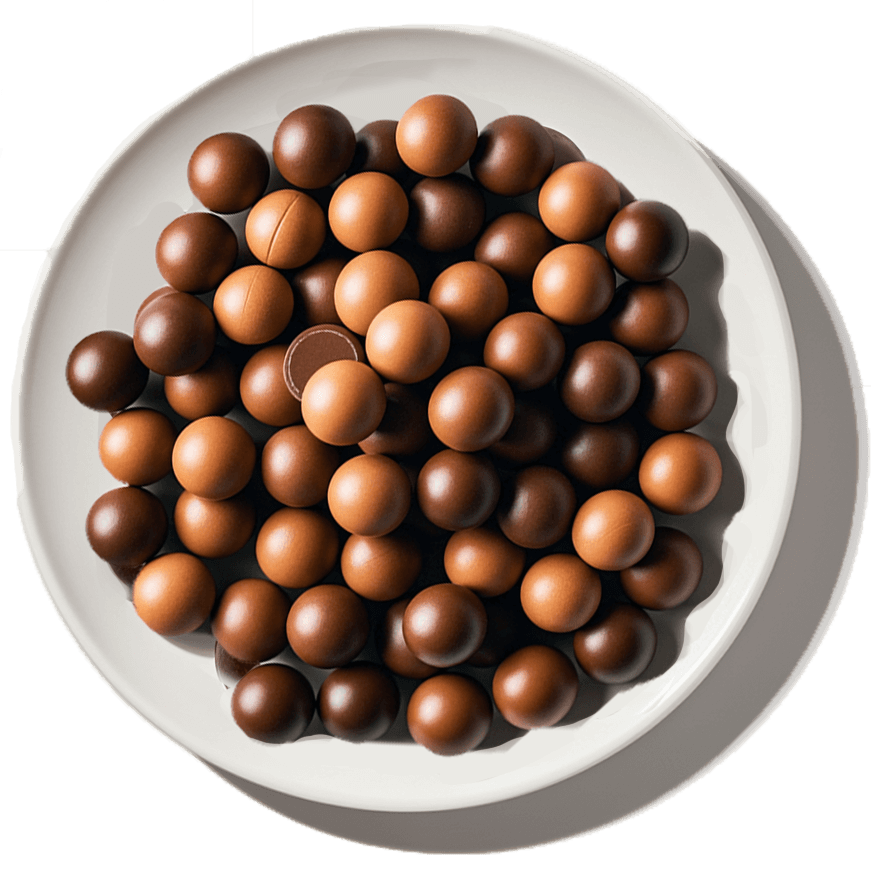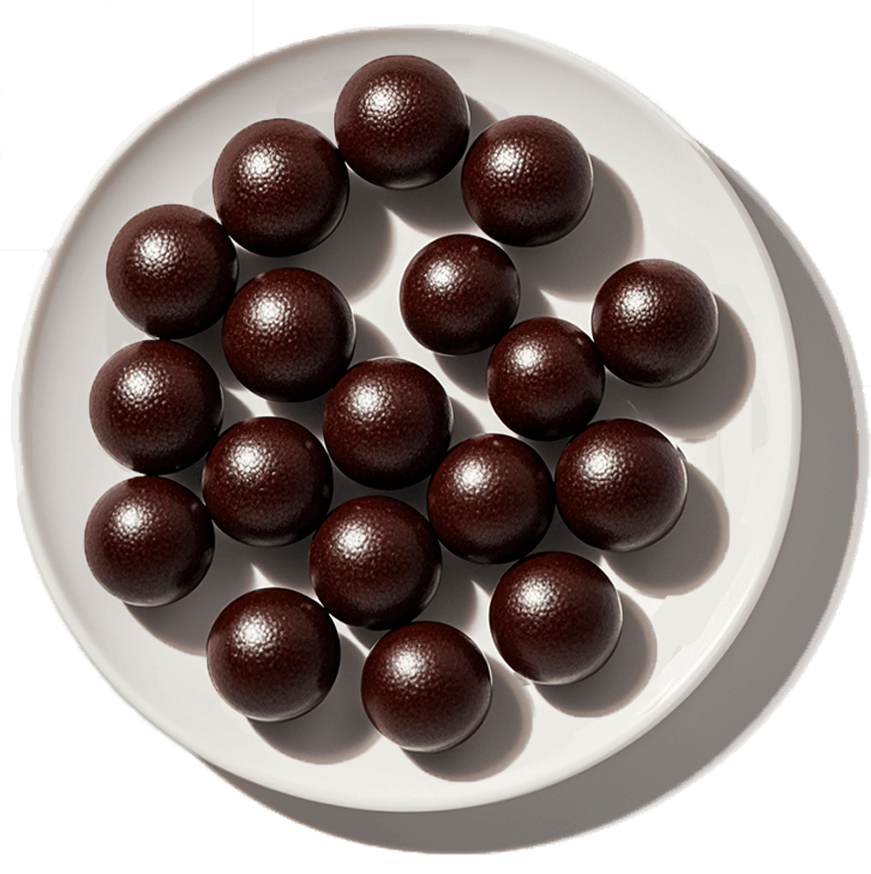CUSTOMIZATION
Raw Herbs
About Raw Herbs
Traditional Chinese Medicine (TCM) has been a cornerstone of health and wellness in China and other parts of Asia for over 2,000 years, providing a holistic approach to treating and preventing diseases. At the heart of TCM is Chinese herbal medicine, which encompasses an impressive diversity of natural substances like leaves, roots, barks, shells, and minerals. With over 3,000 documented herbs, of which around 400 are commonly used, this system is renowned for its complex chemical compositions that result in a wide range of biological activities. Unlike Western medicine, which often focuses on treating specific symptoms, TCM treats the entire individual, addressing patterns of imbalance in the body to restore harmony and health.
Quality Control
At Cura x Cura, we offer raw herbs sourced from GAP-certified farms and ethically wildcrafted locations, ensuring both quality and sustainability. Each batch of herbs undergoes thorough testing by third-party GMP-certified facilities, guaranteeing unbiased results. Our herbs are screened for pesticides to ensure purity and safety.
At Cura x Cura, we are honored to offer certified organic raw herbs and granules on our platform. 79 herbs out of 672 herbs are certified organic and used in our compounding lab.
To maintain their freshness and efficacy, herbs are stored in refrigerated warehouses for 12 months or less, with most reaching the shelves within two months.
Additionally, Cura x Cura collaborates with global vendors to provide a comprehensive range of raw herbs, ensuring you have access to the highest quality and variety.
Minimum Order
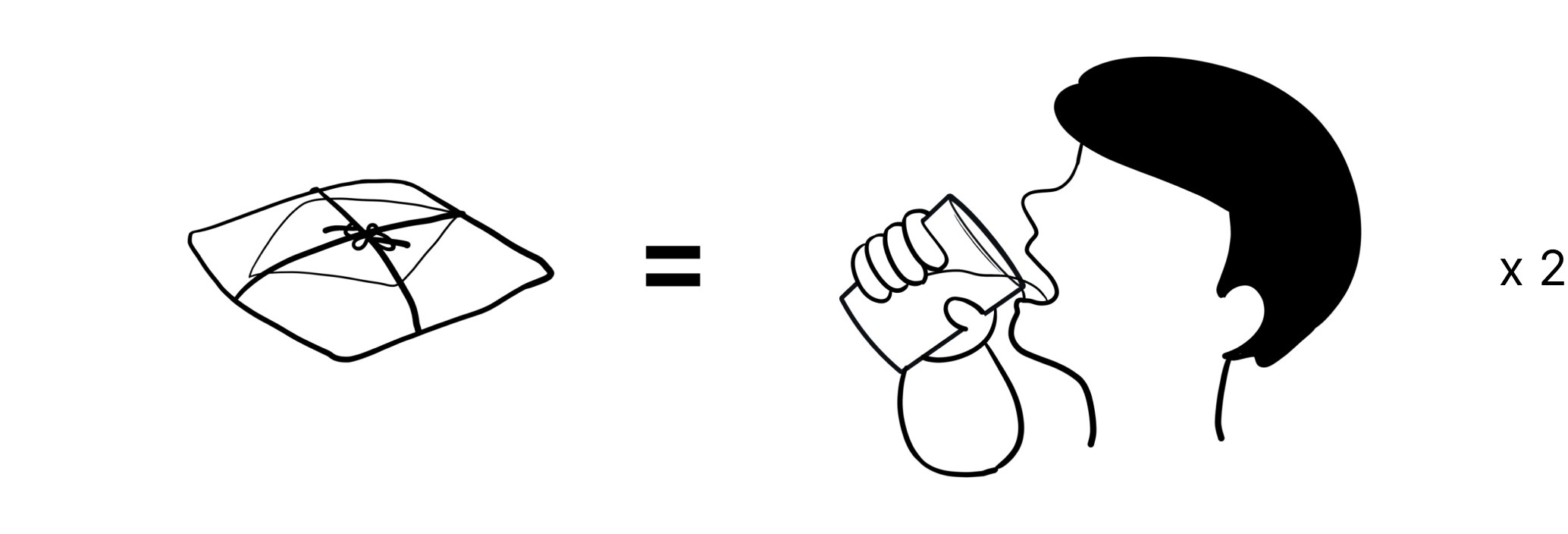
The minimum order is five packets, and each packet can be boiled twice to make a decoction. This means five packets are enough for a five-day supply, with two servings a day.
*Please provide appropriate medical advice based on the patient’s actual condition, and ensure the patient follows the prescribed instructions.
What's Included in the Package

Prescription & Instruction Card
Preparing a Decoction
1. Cookware of Boiling Herbs: The best choices are clay pots and ceramic ware because they transfer heat slowly, retain warmth well, and do not chemically react with the herbs. Avoid using aluminum, iron, or copper pots as these metals are reactive, and many components of TCM herbs can interact with them. Stainless steel is also acceptable due to its relatively low chemical reactivity.
2. Soaking: Water evaporates during boiling, and the patient needs to ingest enough liquid. Therefore, place the herbs in a small-diameter clay pot and add water so that it covers the herbs by 1 inch. Before boiling, soak the herbs in water for 30 minutes to an hour, with longer soaking times in winter and shorter in summer. This helps the herbs rehydrate and expand, making it easier for water to penetrate and extract the active ingredients. Many herbal surfaces contain starchy substances; if the herbs are boiled immediately, the starch on the surface can gelatinize, clogging the capillaries in the herbs, preventing water penetration, and hindering the release of active ingredients, reducing the efficacy.
3. Boiling Intensity: Begin with high heat to bring the water to a boil quickly within 1-3 minutes, then reduce to low heat to maintain a gentle boil.
4. Boiling Time: Generally, for herbs with poor water solubility or tonic herbs, maintain boiling for about 30 minutes or longer after the water reaches a boil. For diaphoretic and aromatic herbs, maintain boiling for 15-20 minutes after the water reaches a boil; boiling for too long may cause the active ingredients to evaporate.
5. Timely Filtration: After boiling, promptly filter the decoction to separate the herbal liquid from the dregs. The solubility of many TCM components is temperature-dependent; as the temperature decreases, some active ingredients may precipitate or adsorb onto the herb dregs, reducing efficacy. Additionally, some decoction liquids become more viscous as they cool, making it difficult to filter the liquid from the dregs.
6. Number of Boilings: Generally, herbs are boiled 2-3 times. Herbs that are thicker and more potent should be boiled three times, while thinner herbs like mulberry leaves or chrysanthemum, which have a milder taste, should be boiled twice.
